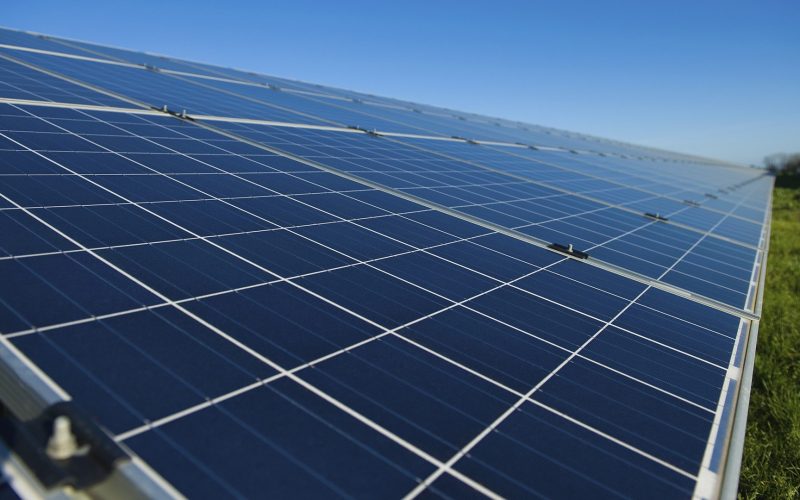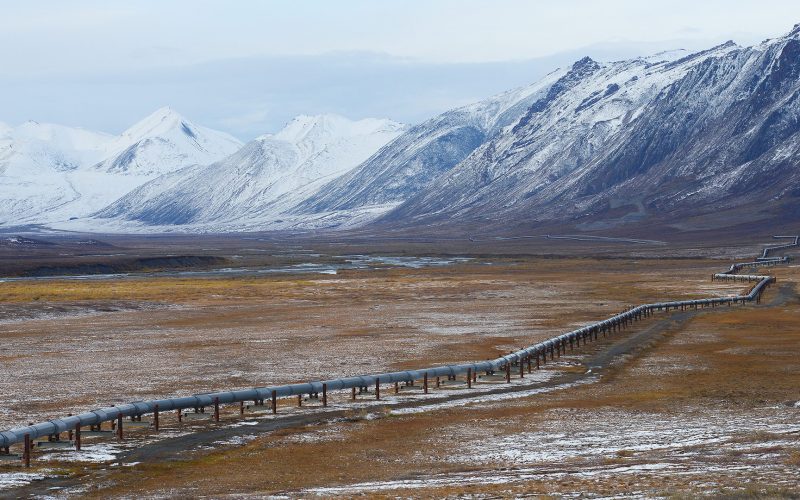THE VOICE FOR THE ENERGY CONSUMER

Andrew Browning was interviewed by KFYR-TV in Bismarck following his presentation on pipeline infrastructure. “We believe energy is a really basic necessity like food, clothing and shelter. Energy would be.

Andrew Browning joined Scott Hennen on K-FYR 550 AM to discuss the state of energy. Listen here – K-FYR 550 AM
.
CEA’s Andrew Browning discussion of the Pipelines for America campaign was covered by Minot Area News. “We are here to represent of you know what’s really kind of been missing.

America needs clean, renewable solar energy to be a part of a balanced energy mix so all American homes, businesses, and communities may benefit. Add your name to tell our.
CEA’s Michael Whatley was featured in Platts discussing the recent extralegal process involved in halting permitted infrastructure projects. “We think that the administration is basically siding with protesters over a.
CEA President David Holt’s latest op-ed appeared in the Grand Forks Herald. Susan Sarandon headlined a small group of sign-carrying activists who recently protested the Dakota Access Pipeline by rallying.
On behalf of our 400,000 nationwide members, Consumer Energy Alliance expresses its extreme disappointment with the Obama administration’s unprecedented decision to halt construction of the Dakota Access pipeline — despite.

CEA Alaska, as part of a coalition of partners representing Narive communities, labor unions, education, and business spoke out in support of America’s committment to the Arctic. A coalition of.
SNL Financial covered CEA’s solar incentive analysis and media call with Michael Whatley. Incentives for residential solar PV facilities are substantial, but vary widely among states, according to a new.

Energy Manager Today took a look at CEA’s solar incentive analysis. As part of Consumer Energy Alliance’s (CEA’s) Solar Energy Future campaign, the 400,000-member nationwide advocacy group on August 8.